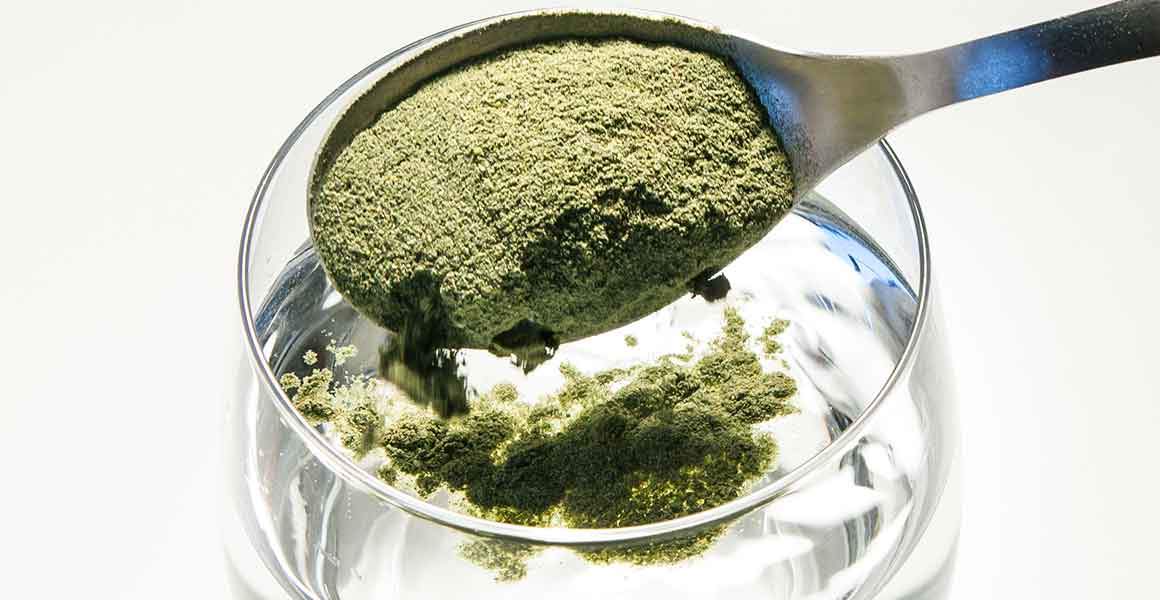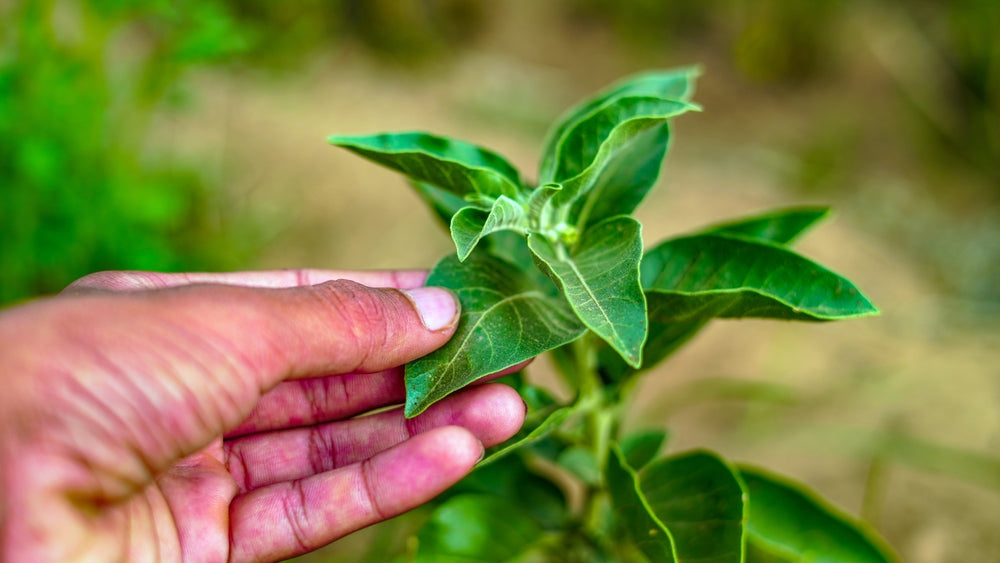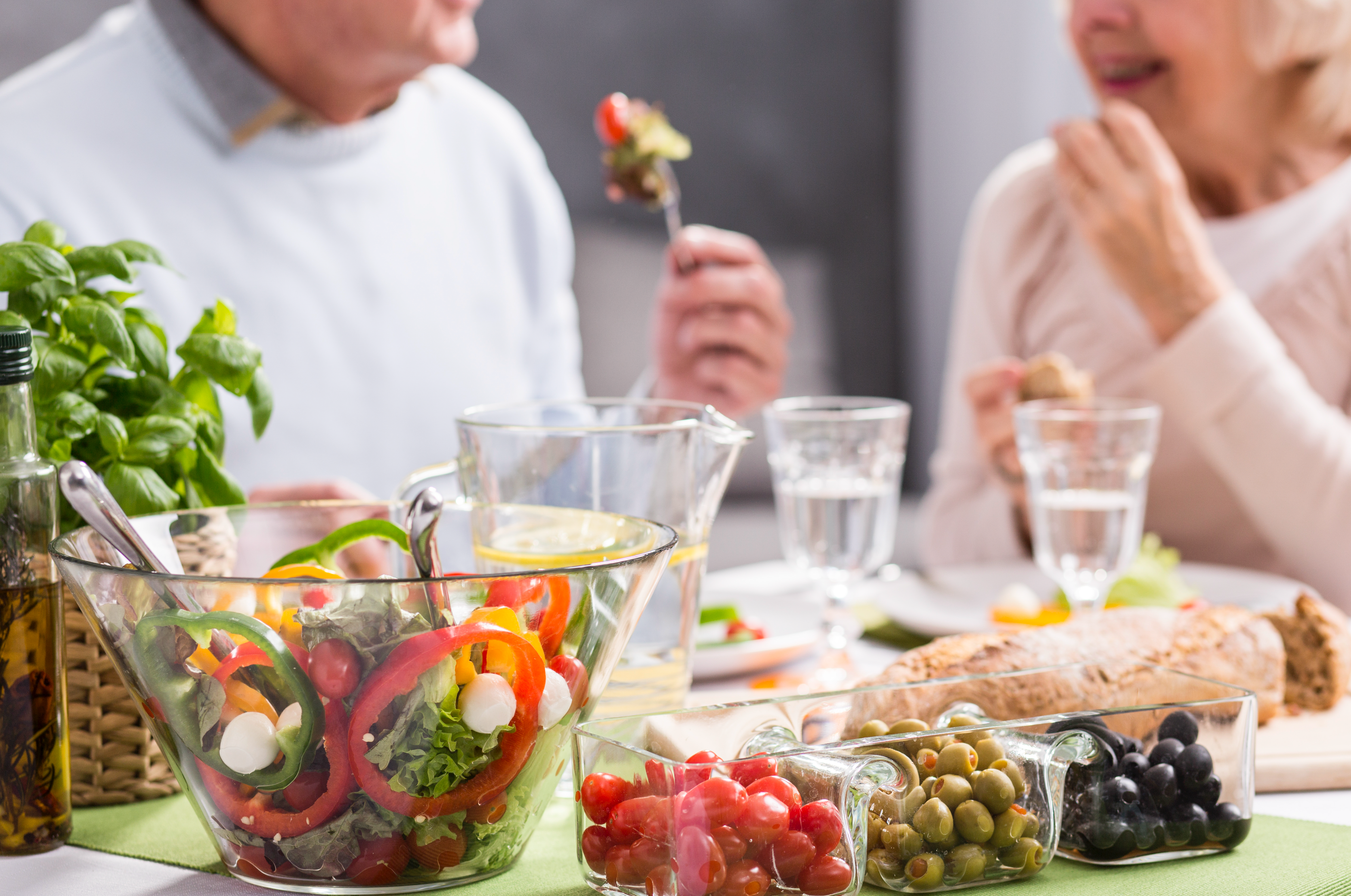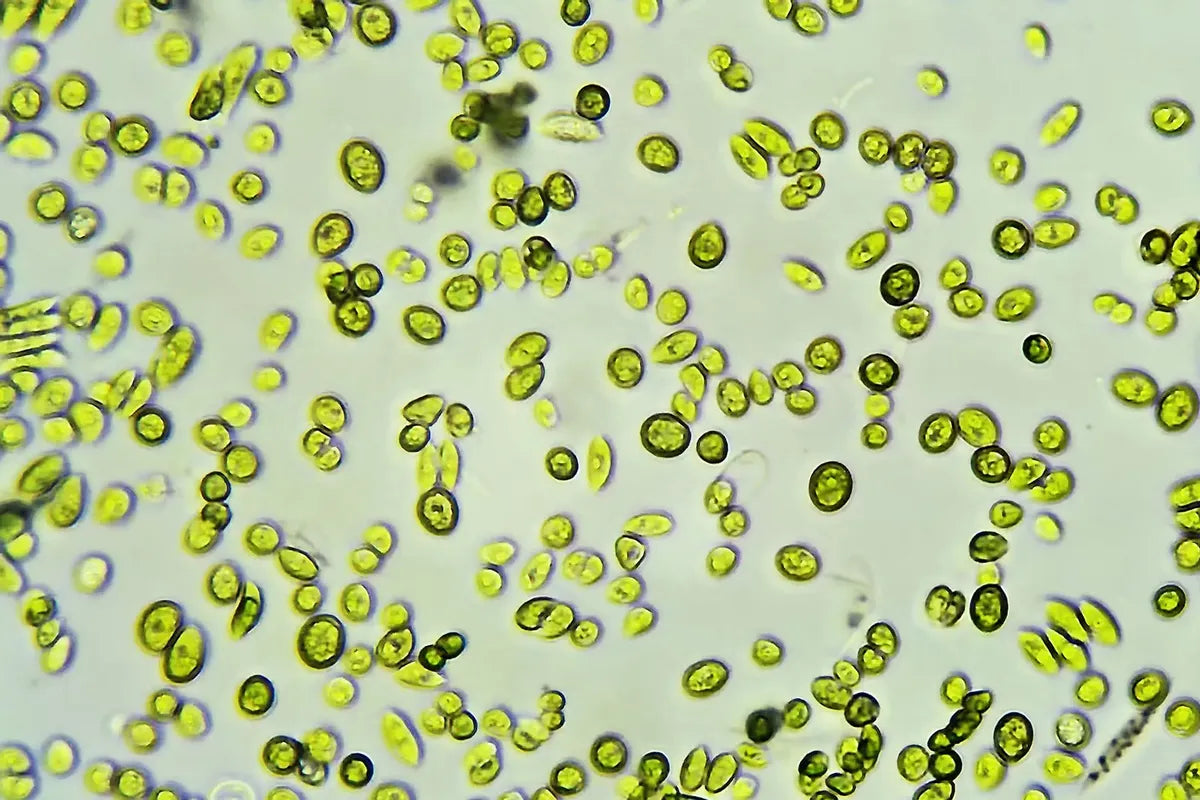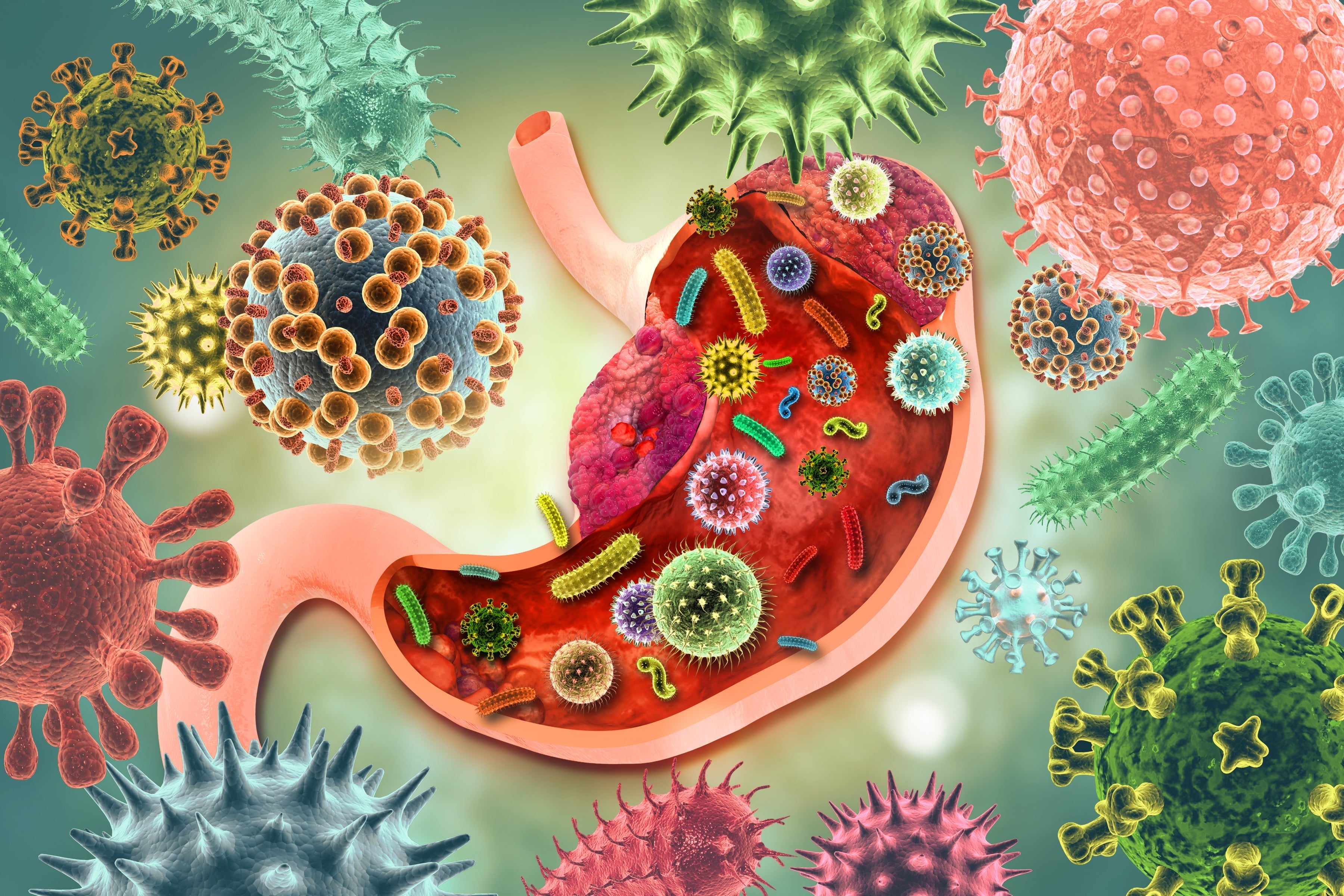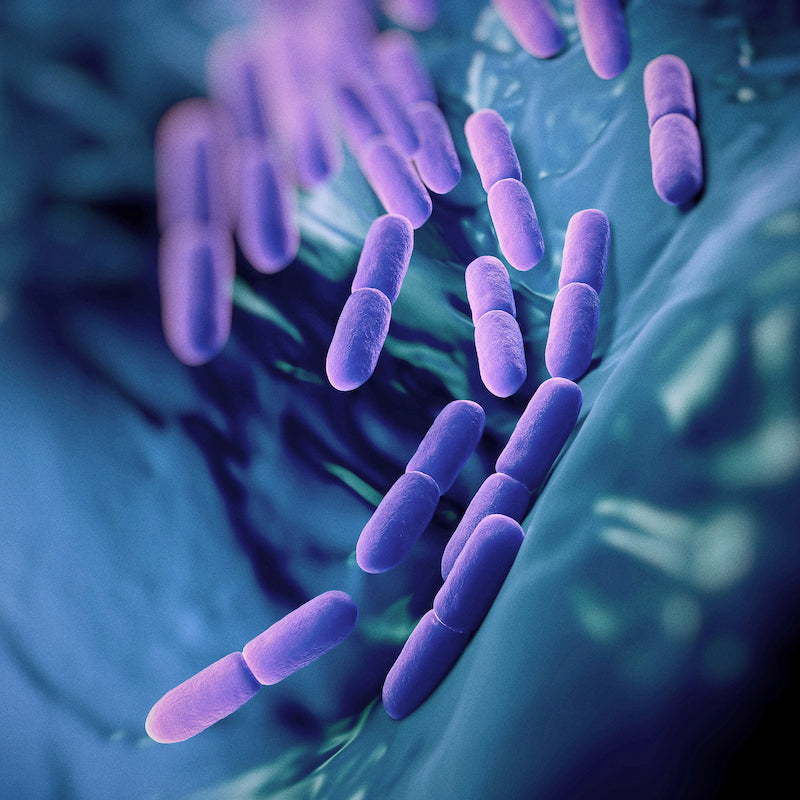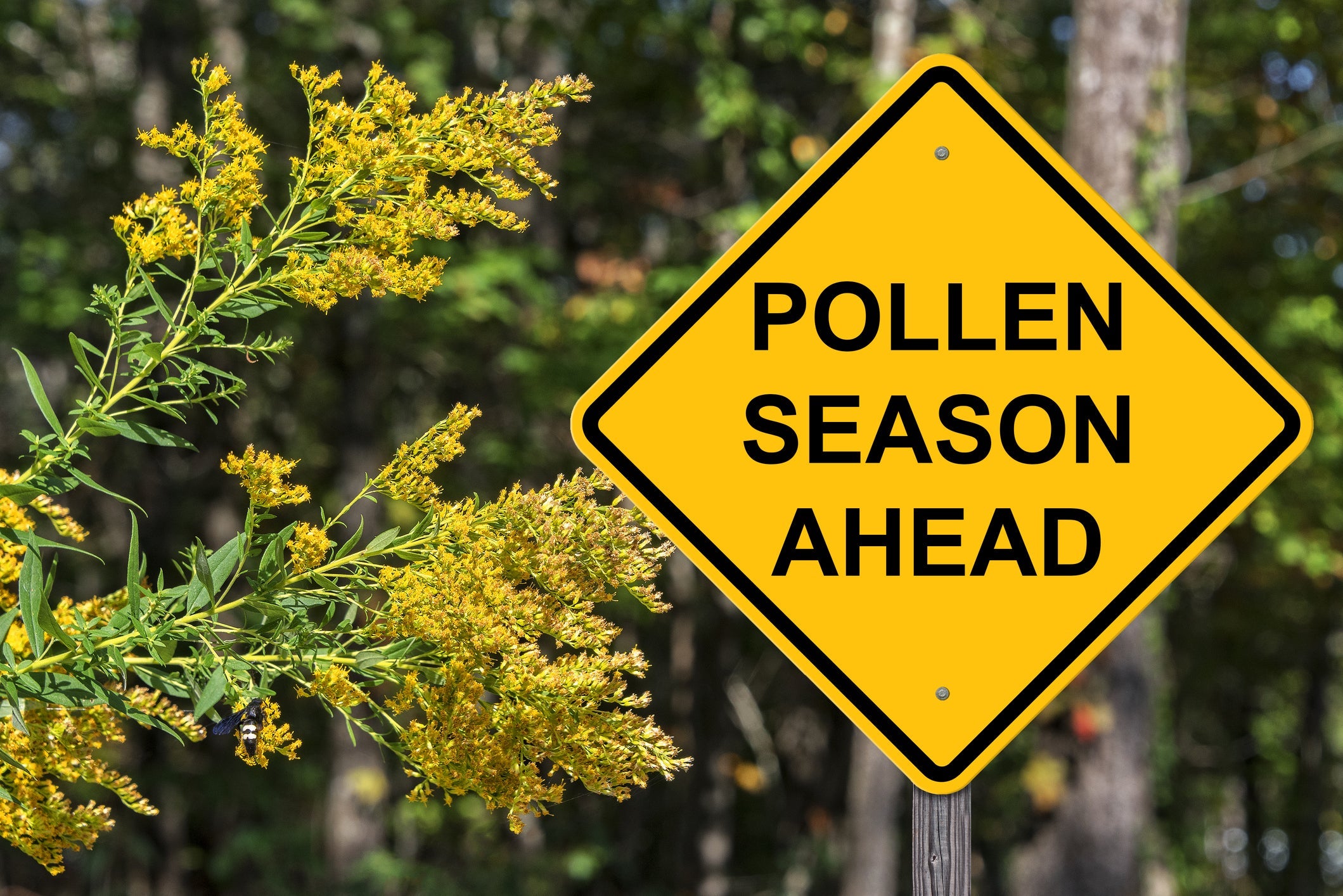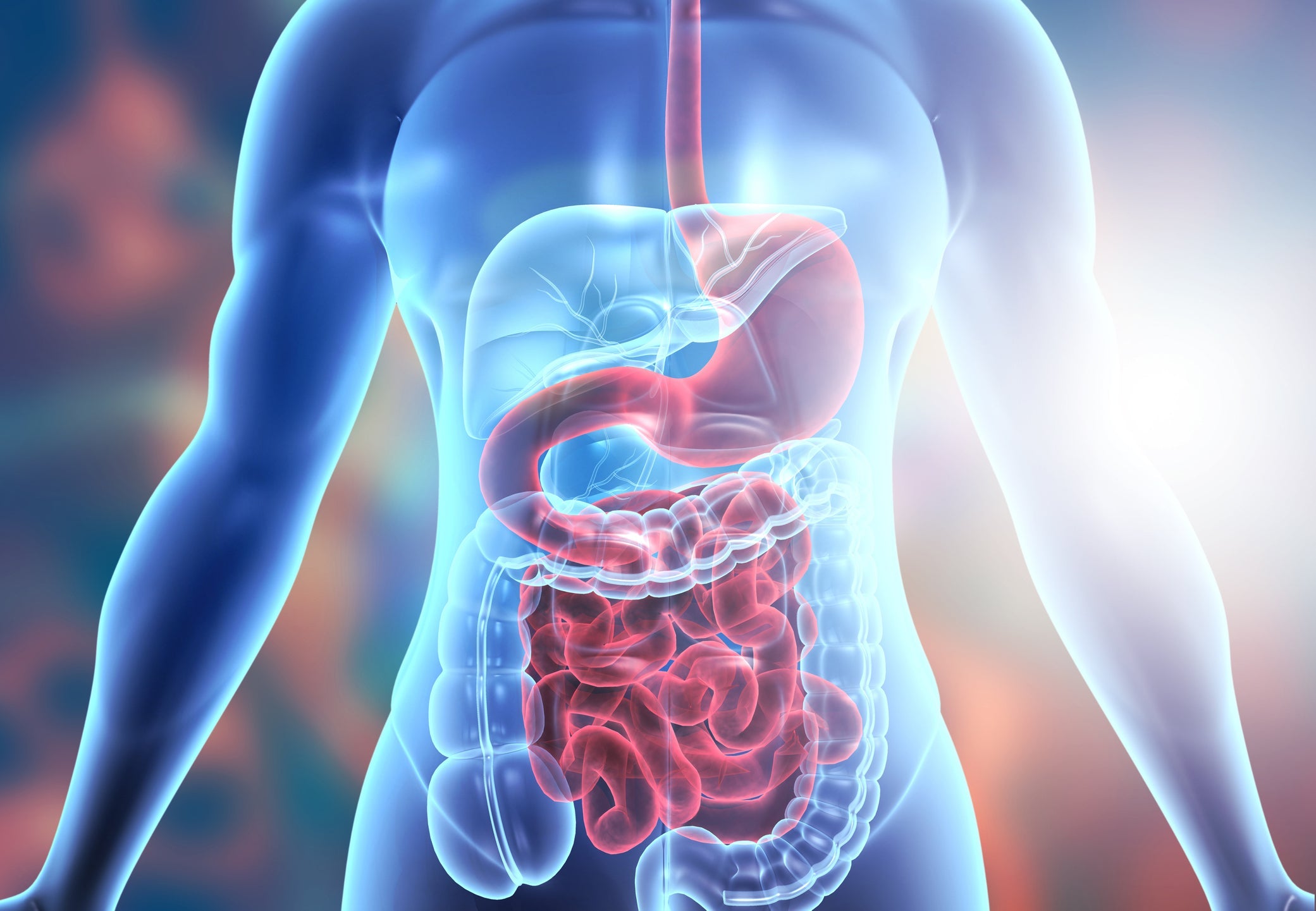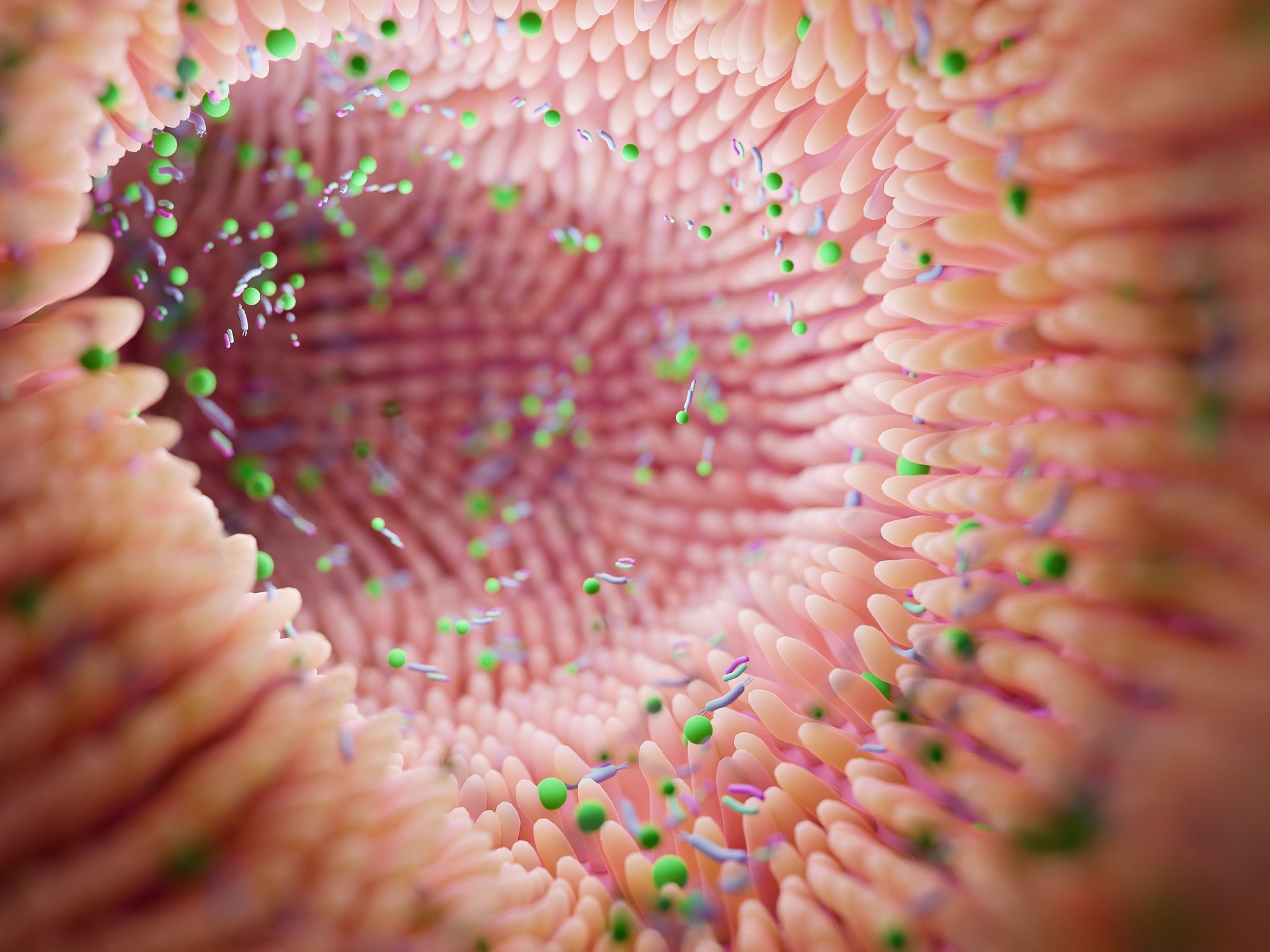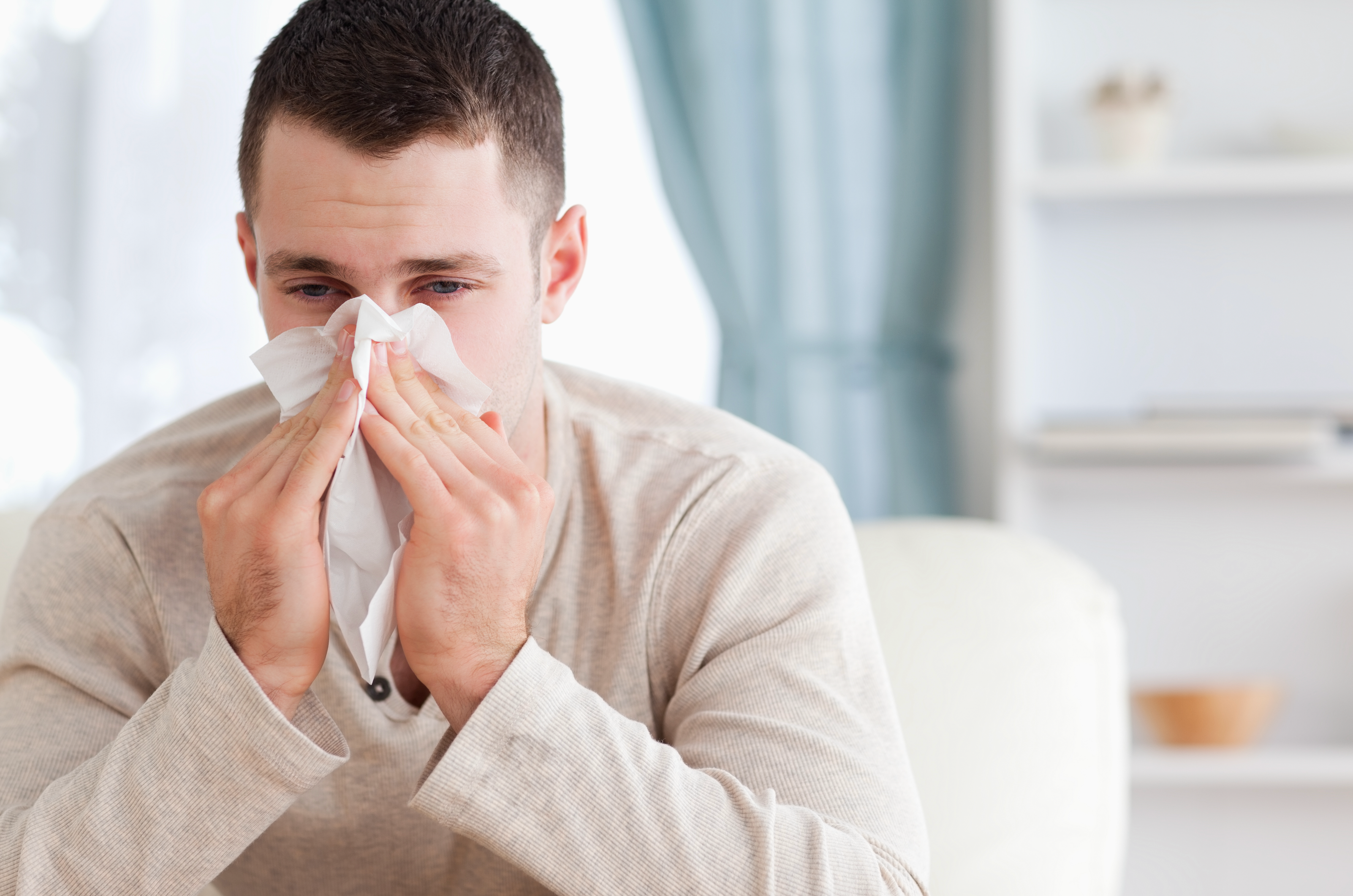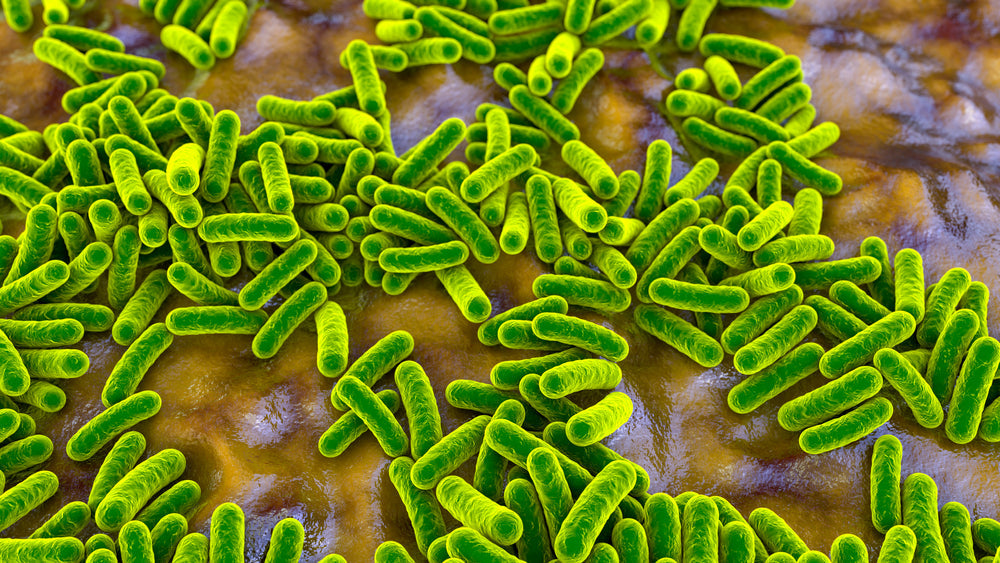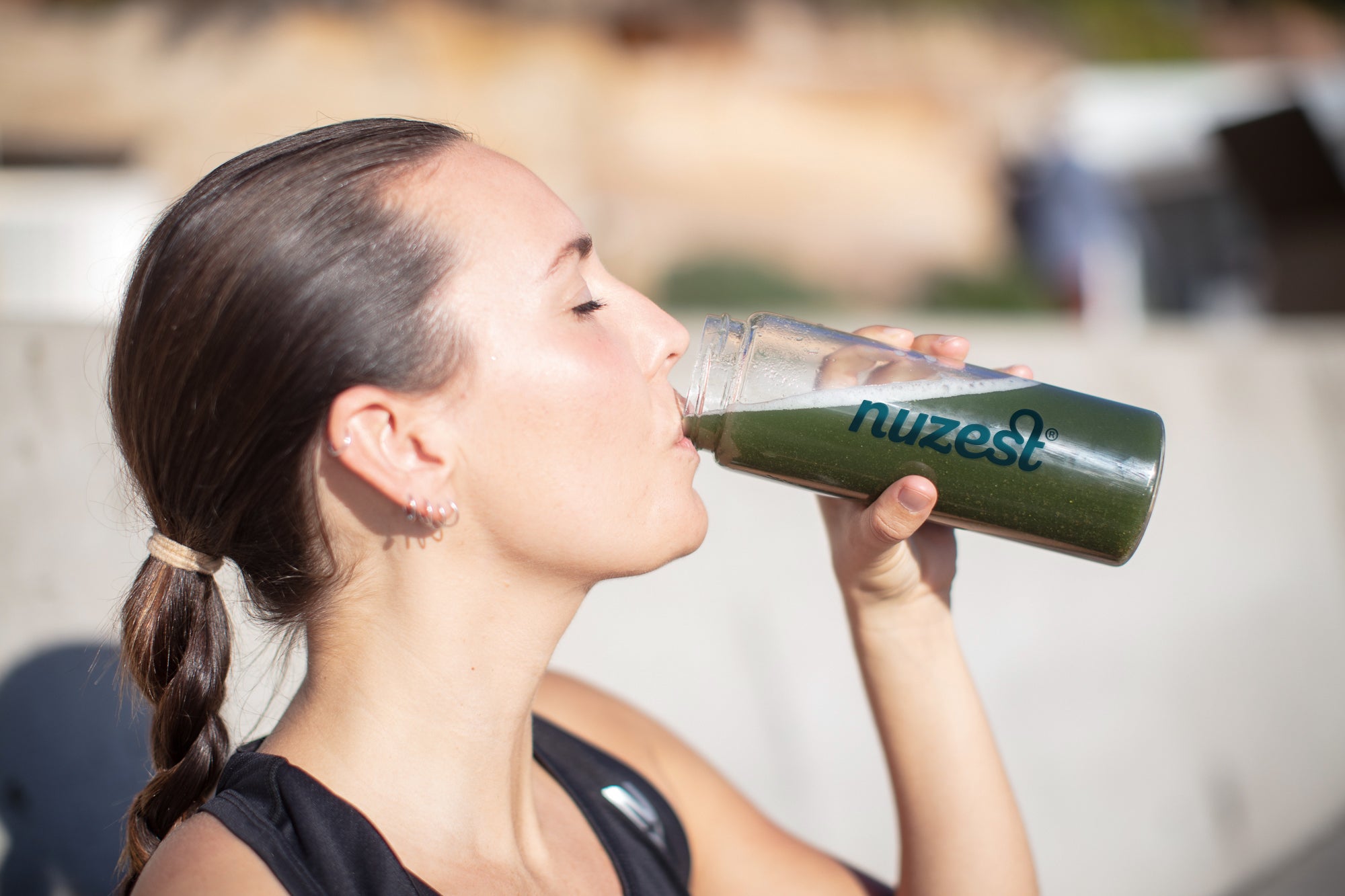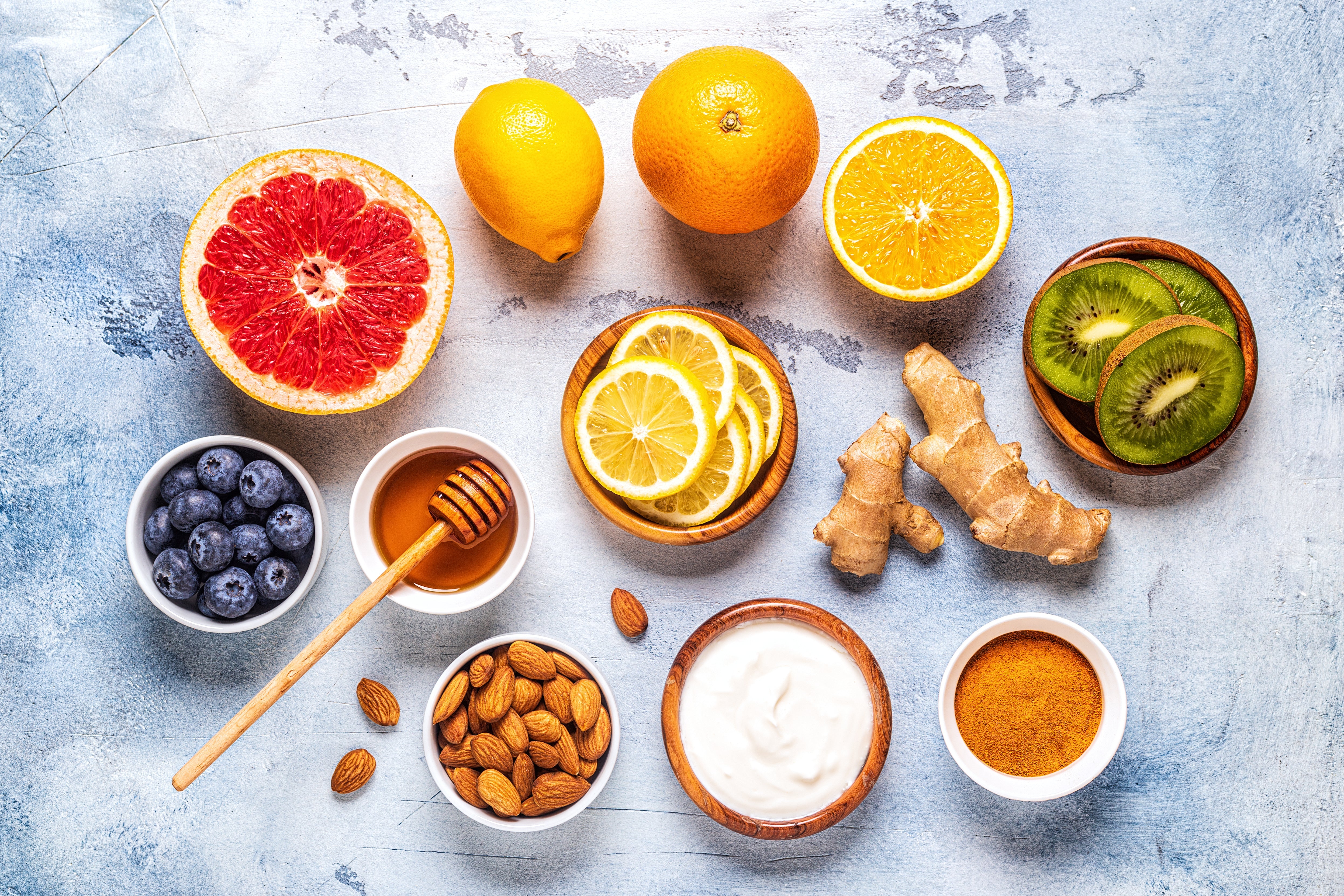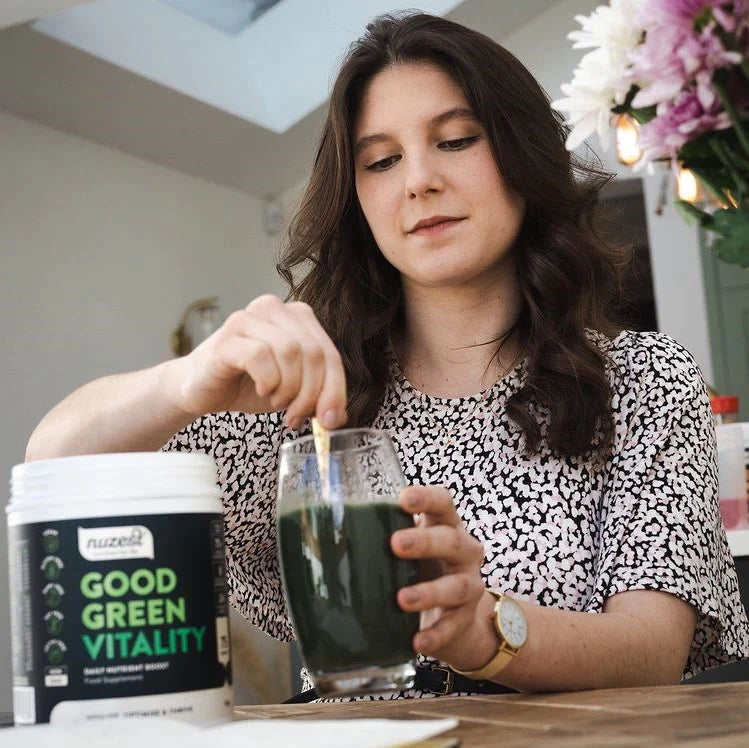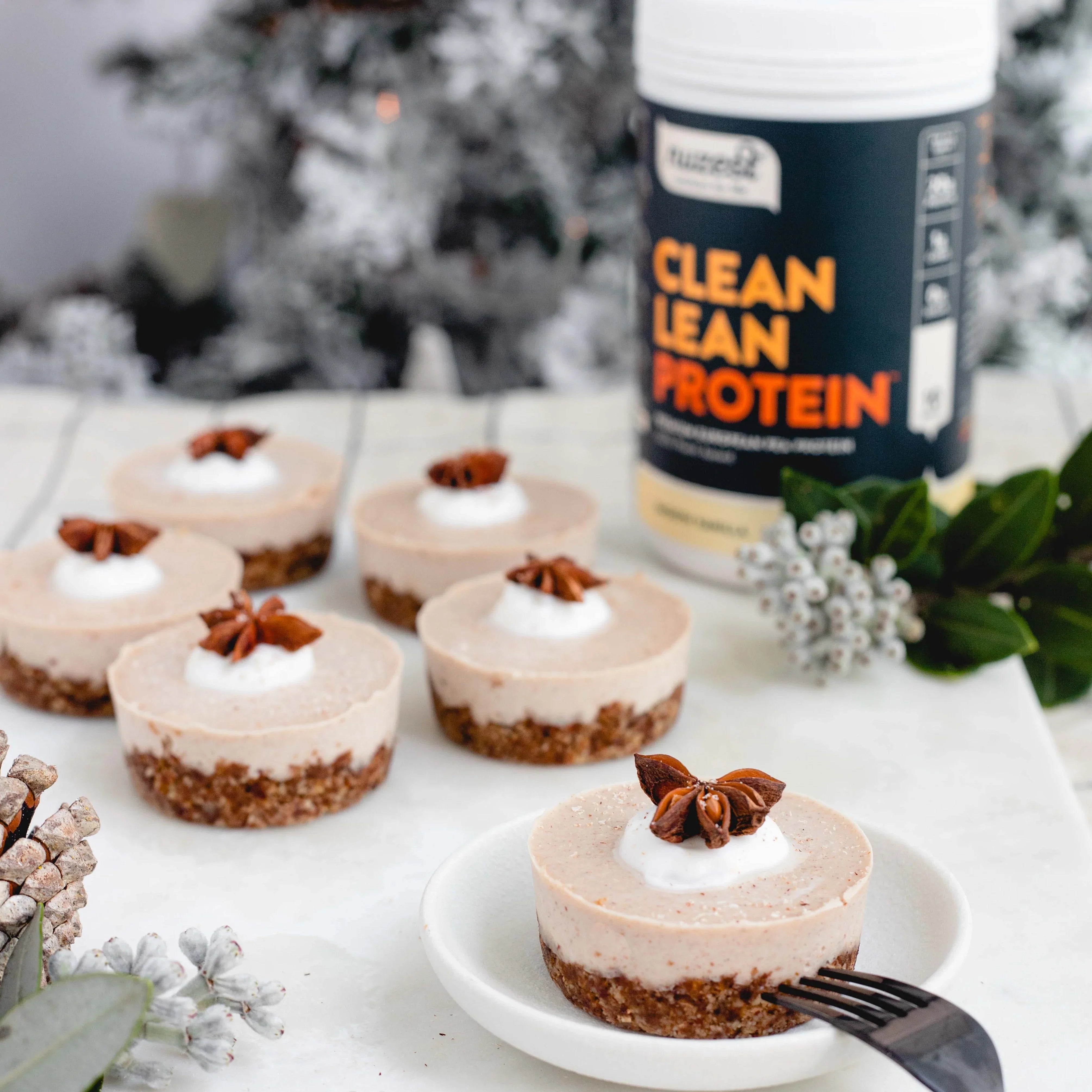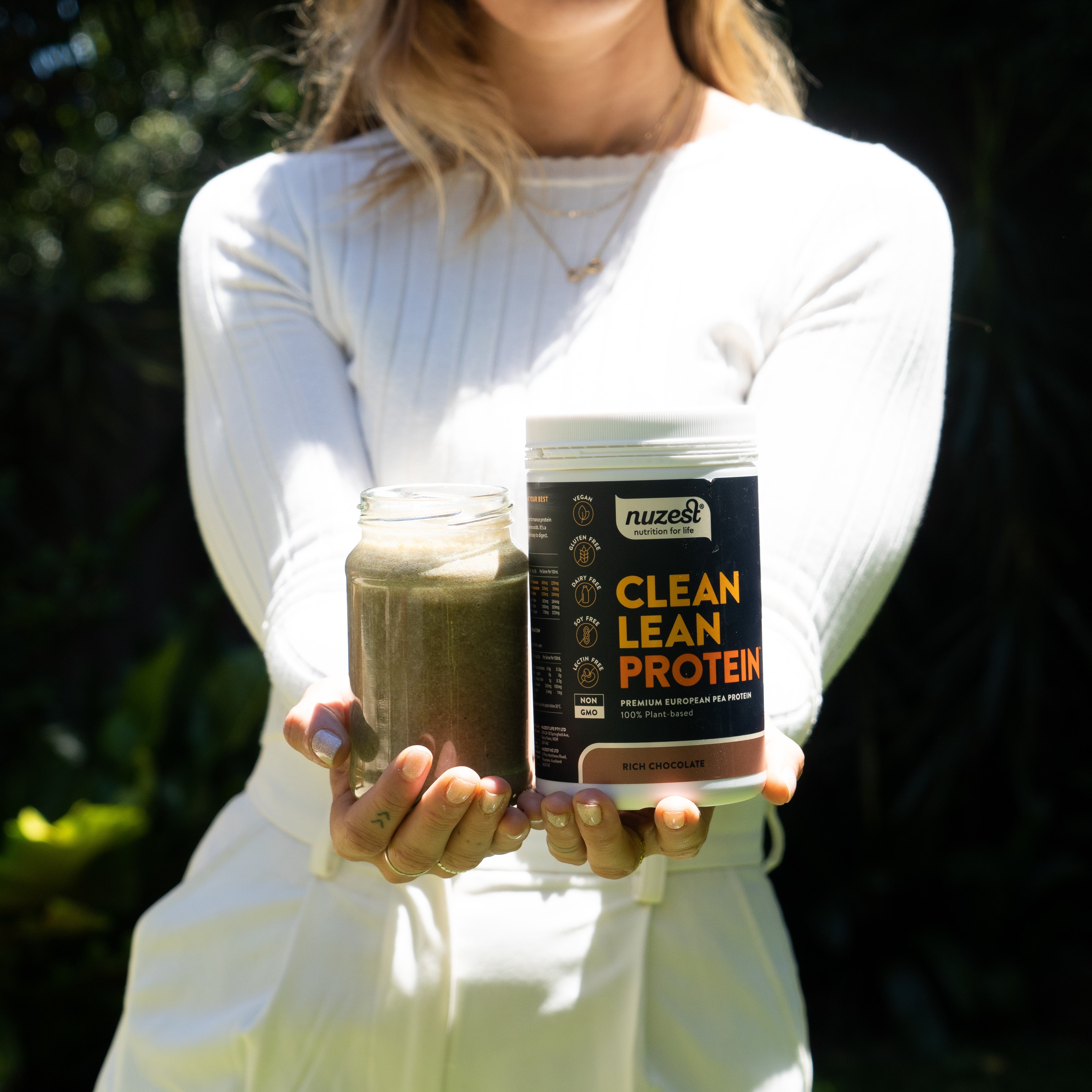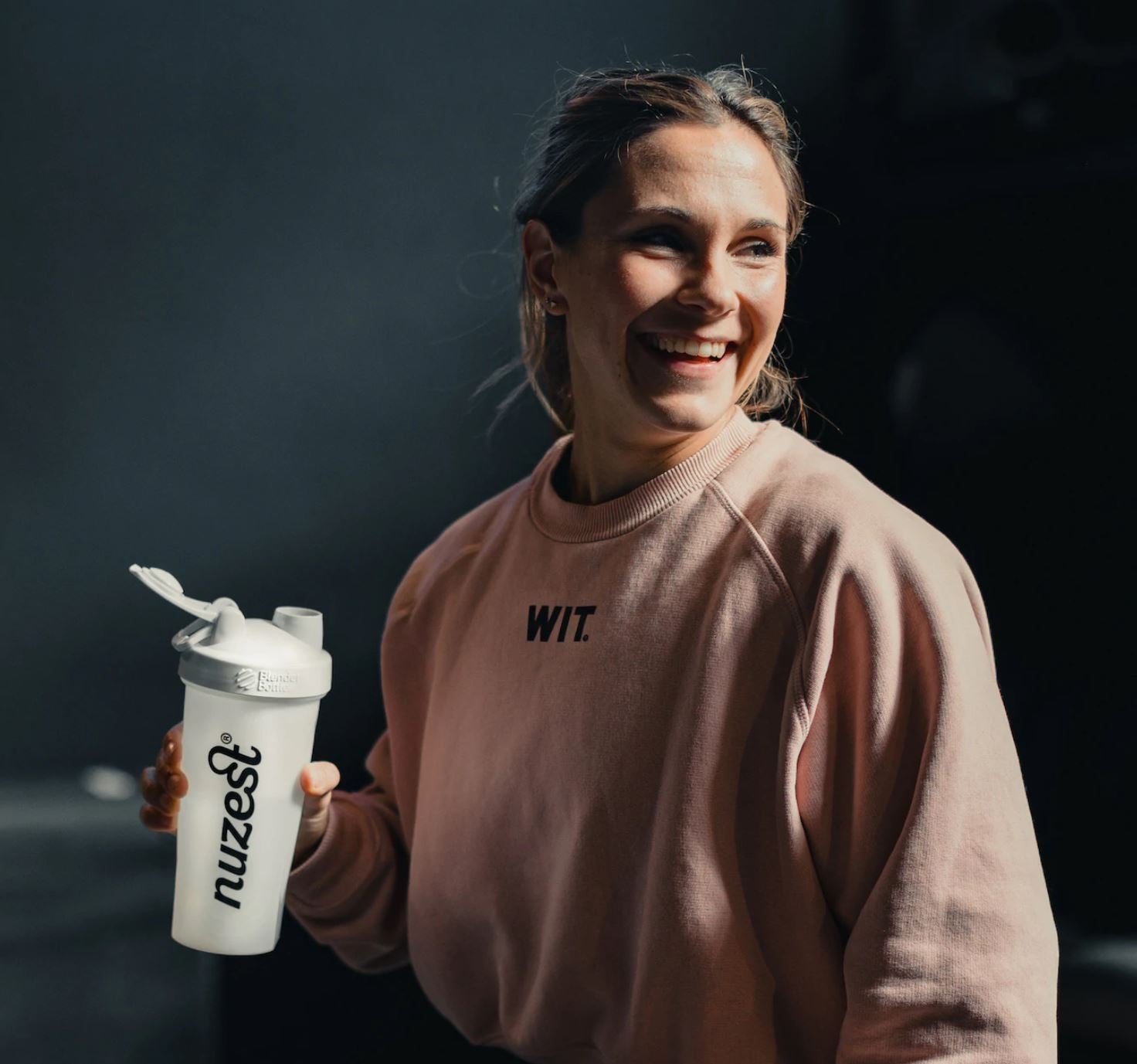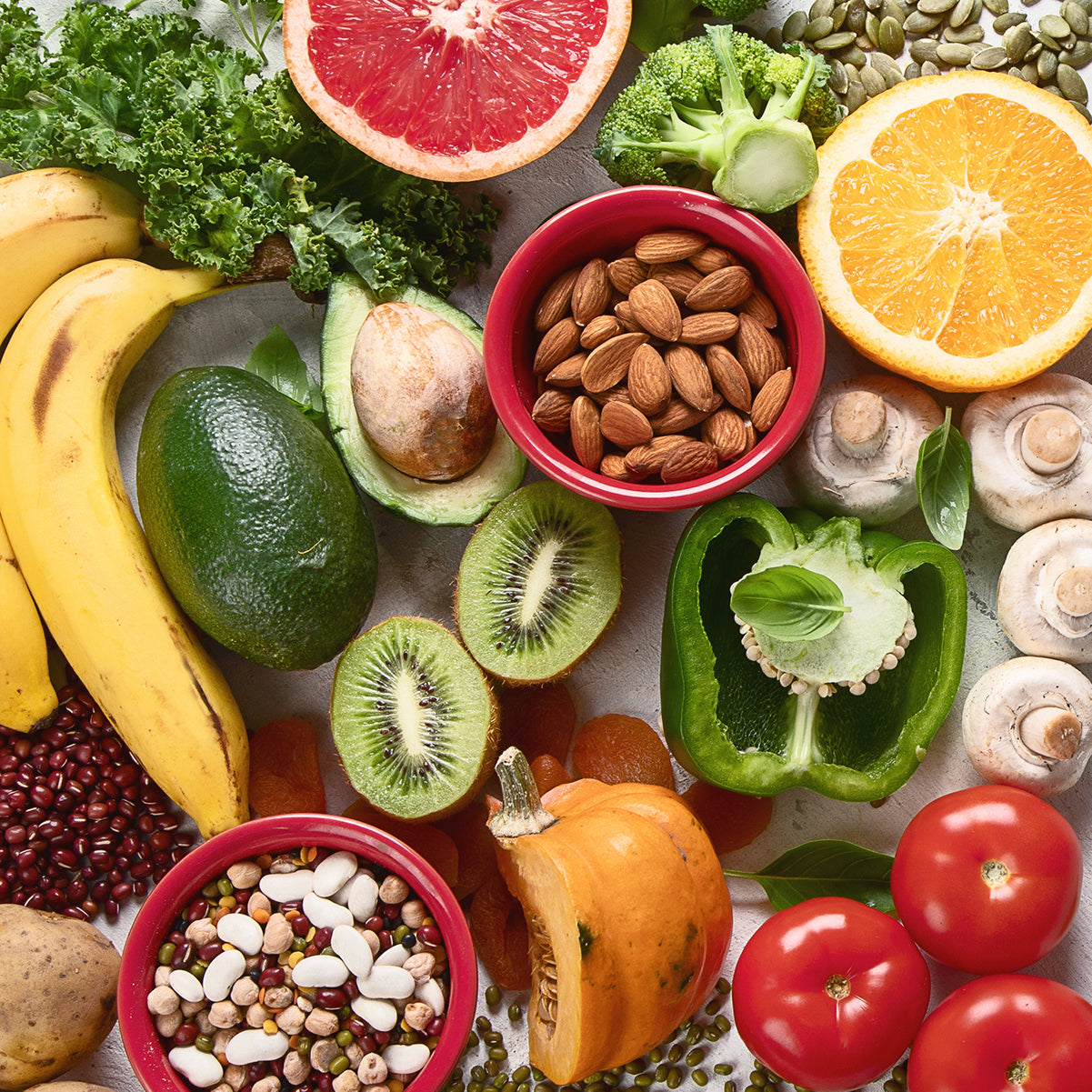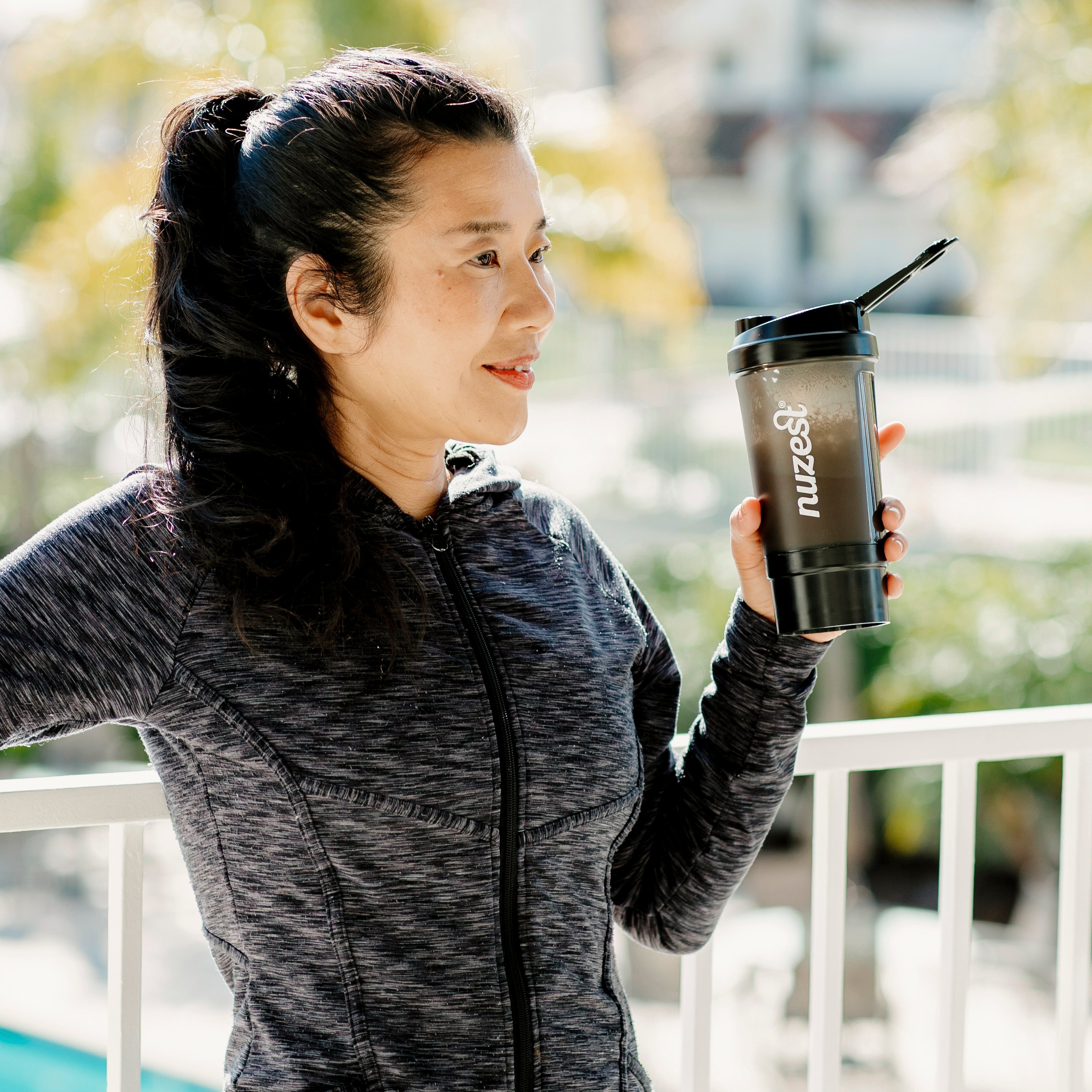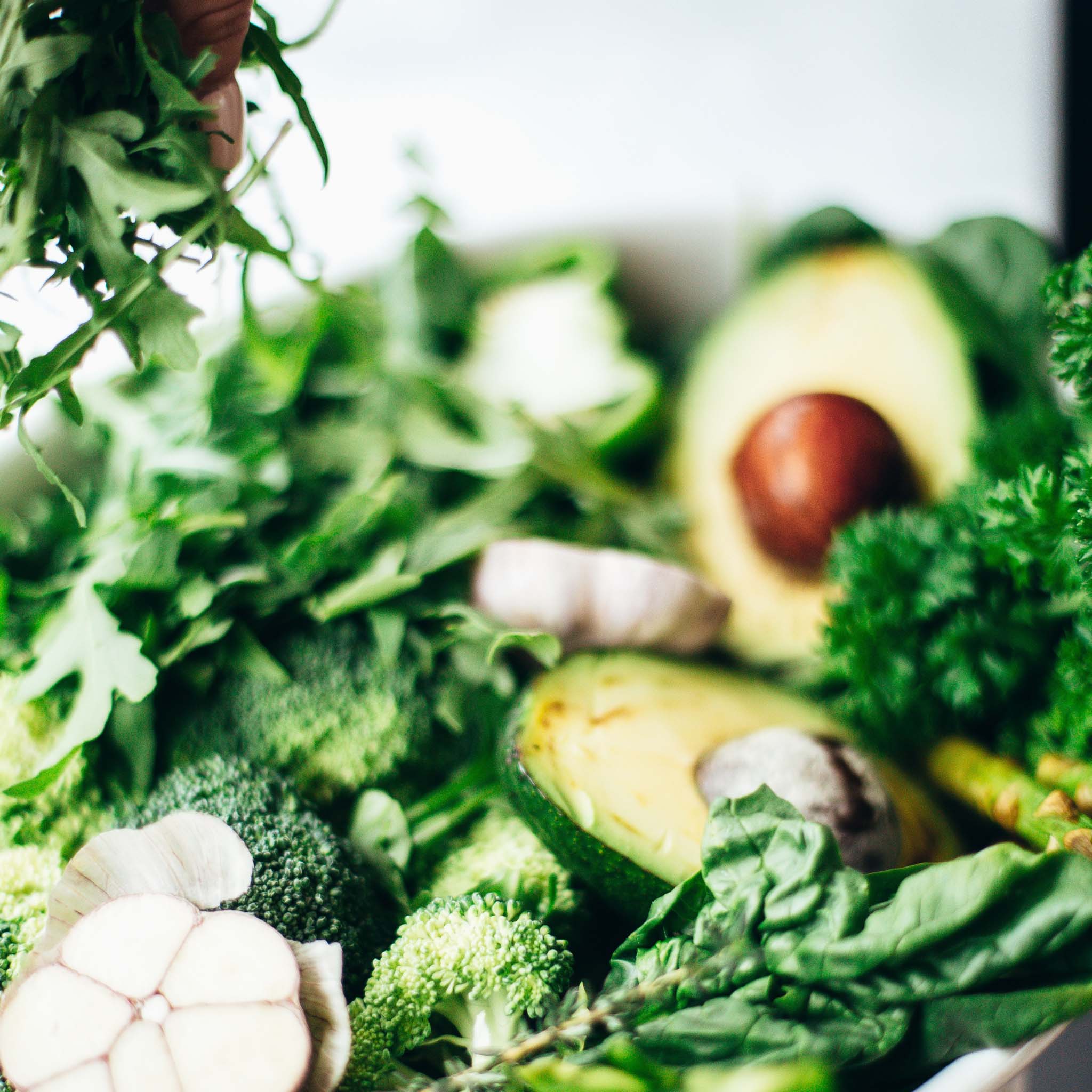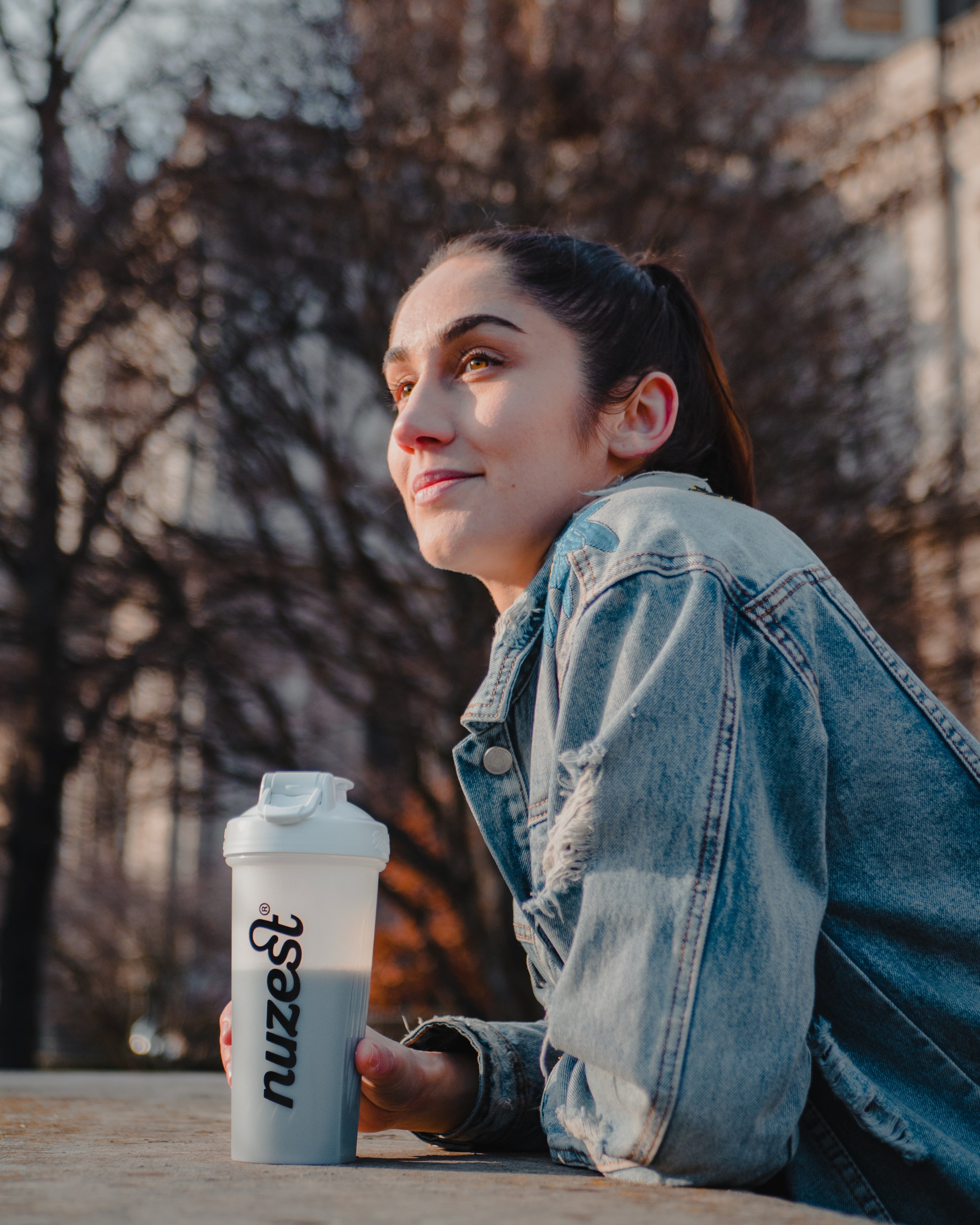Prevention
- Nutrition is the major determinant in strengthening the immune system
- Reduce stress wherever possible (physical, emotional and mental)
- Limit alcohol and tobacco consumption
- Limit prescription and non-prescription drug intake
- Sugar depresses the immune system
- Allergies can weaken the immune system
- Limit environmental factors
- Vitamins A, C, beta-carotene, zinc and other antioxidants
Things to do once you are sick
- Rest and sleep
- 'Build a fire in the belly' ginger, garlic, chili, horseradish, all are warming recipes that help to stimulate the immune system.
- Soups are fantastic but stay away from creamy soups.
- Drink lots of fluids especially herbal teas and water or diluted juices. Hot and clear liquids help to mobilize the lymphatic system and this thins the mucus.
- Hot / Cold tea Yarrow, elder and peppermint
- Hot / Cold tea #2 Juice of one lemon, ¬Ω lemon rind, ¬Ω cinnamon stick, 2-3sprigs of thyme, 3cm grated ginger root and a bit of honey. Let stand for 5 minutes before removing all contents and drink.
- Avoid alcohol, sugar and dairy products as they are either mucus forming or depress the immune system.
- Vitamin C reduces the signs and symptoms and can help prevent catching a cold too. 1 gram per day is good to start with.
Good Green Stuff & The Immune System
Good Green Stuff contains an array of ingredients for your general health and wellbeing. It also includes specific ingredients to health support your immune system such as Astragalus Root, Beta Glucans, Reishi and Shitake mushrooms and more. Find out more about Good Green Stuff and its ingredients here .
